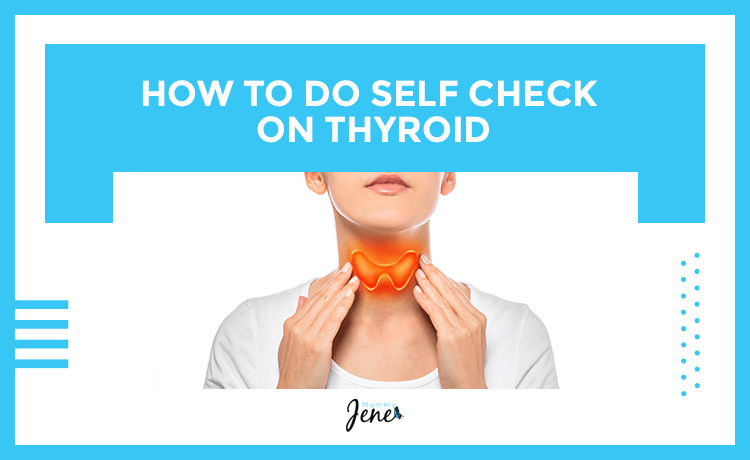The Thyroid is one of the key glands in our bodies due to the widespread effects of the hormone it produces. Consequently, any disorder of the thyroid gland has the potential to affect a lot of components of our body function. It results in a lack of wellness in addition to other unpleasant effects. Therefore we must detect thyroid disease quickly before it worsens.
How Can We Detect Thyroid Abnormalities?
Asides from watching out for the possible signs and symptoms of a thyroid disorder, one helpful way to detect thyroid disease is to do a thyroid self check. Doing a regular thyroid self check means that we are more likely to catch a thyroid gland disorder earlier and take steps towards solving it. The thyroid self check is done in some easy steps, which we can all master. Below, we will look into more detailed information on the steps involved in doing a thyroid self check.
Steps Involved In Doing A Thyroid Self Check
Firstly, what items do you need for the Thyroid self check? You only need a mirror and a glass of water to carry out a thyroid self check test (not exactly the most demanding self check test in the world, see?). Now we move on to the steps.
Step One
Set your face close to the mirror and ensure you have good visibility. Your focus should be on the area of the neck where your thyroid gland is located. This means that you will have to focus on the lower front part of the neck, below your voice box, and above your collar bones.
Step Two
While keeping your focus on this “thyroid area” in the mirror, tip your head back. This step will make any motion in the thyroid area more effortless for you to notice.
Step Three
This is where drinking water comes in handy. It would help if you induced motion in the thyroid area so you can better spot abnormalities. Take the glass of water and swallow (the water, not the glass!)
Step Four
Remember to keep your mirror focus on your neck, especially the “thyroid area.” Look out for any bulging or protrusion in the area while you are swallowing the water. NB: this step can be a bit trickier than most. This is because there is a tendency to mistake Adam’s apple for the thyroid gland (of course, Adam’s apple tends to bulge out a bit, so don’t let this get you worried). To help you get past this, remember the thyroid gland is found lower on the neck than Adam’s apple and is way closer to the collarbone. You may also want to repeat the process more than once just to be sure.
Step Five
If you noticed any bulging and protrusion in the previous step (aside from that of Adam’s apple, that is), you should then meet with your physician concerning it. These could be possible signs of thyroid gland enlargement or thyroid nodules. Your physician has the best position to determine further and evaluate the situation and what steps you should take for its management.
Conclusion
Thyroid disorders have unpleasant effects. However, if detected earlier, they can be addressed more quickly. This article has discussed some steps to take to detect thyroid abnormalities earlier via a self check. It would help if you also look out for possible signs and symptoms of thyroid disease covered in another article. Combining both self check and regular monitoring for signs and symptoms is a beneficial method of detecting thyroid abnormality.








